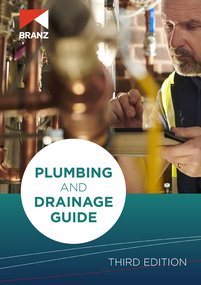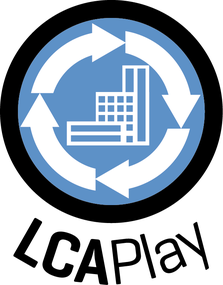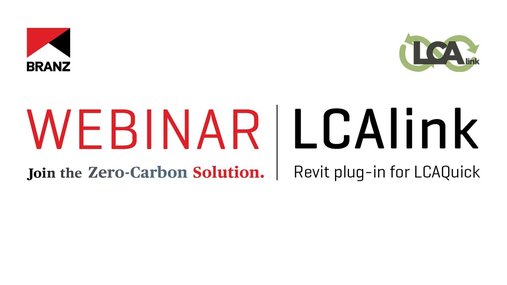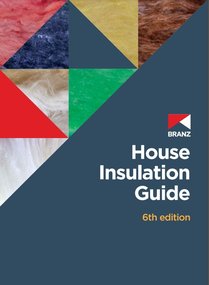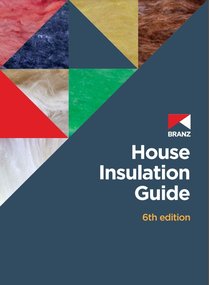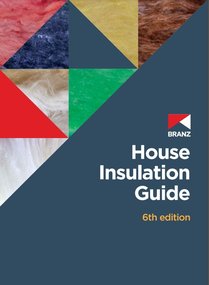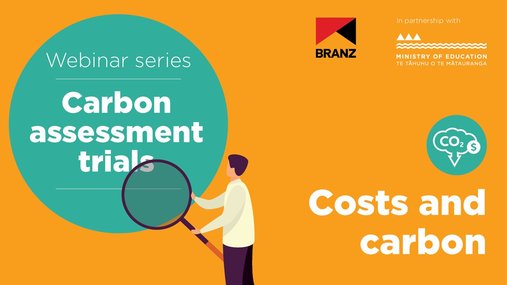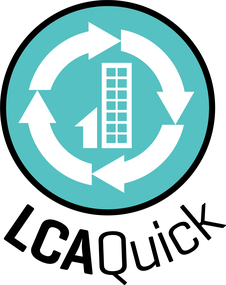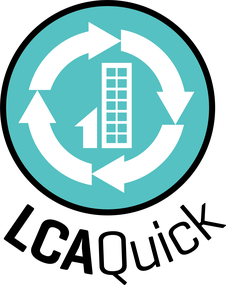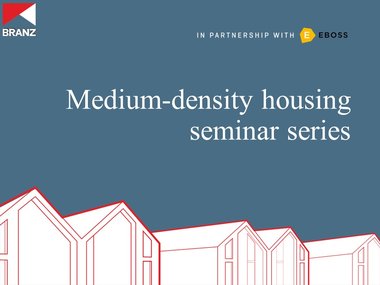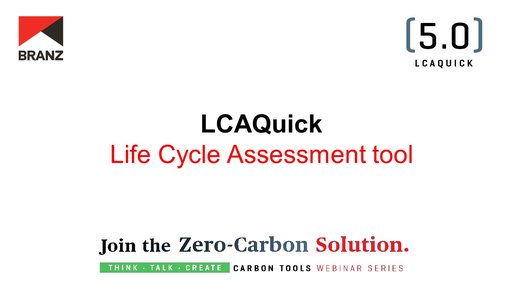Plumbing and Drainage Guide 3rd edition (PDF)
This guide explains the general principles of the plumbing codes and standards for sanitary plumbing in New Zealand and Australia. Issues such as backflow prevention, protection from scalding and explosion by hot water installations and the use of air admittance valves are explained in clear and simple text. This edition was updated and released in April 2024 to reflect recent changes to AS/NZ3500 series and amendments to New Zealand Building Code clauses G12 and G13.
LCAPlay V2.0 (February 2024)
Use LCAPlay to evaluate the potential greenhouse gas emissions (and other environmental impacts) of alternative building options.
Webinar: LCAlink - Revit plug-in for LCAQuick
BRANZ House Insulation Guide 6th edition V2.1 PC (November 2023)
This XLXS [25MB] download of BRANZ House Insulation Guide 6th edition is for PC users.
New Features:
- A helpful “Door” sheet for determining the R-value of doors (leaf and frame) based on the R-value and size of the door leaf and the material of the frame. This does not include sliding doors.
- A frame fraction estimator to the “Wall” sheet. This addition is experimental and still under development. Addtional option to note the source of the frame fraction value. That source may be for instance the frame & truss supplier, or it may have been estimated from the plans.
- Data entry summary at the top of each of the sheets. The completed sheet can be reproduced using this character string.
Other version updates:
- Repaired an error with the “Roofs” sheet where the R-value included the effects of an R1.2 secondary insulation layer, even when that option wasn’t selected. It only applied to the case where the joist height was 290mm.
- Improved appearance of the “Roof edge” sheet.
The guide is now in two parts:
- The tables of construction R-values for common construction options for compliance under H1/AS1 and H1/VM1 5th edition
- The accompanying House Insulation Guide text [PDF] for guidance on insulation to meet or exceed H1 AS/1 and H1/VM1 5th edition.
BRANZ House Insulation Guide 6th edition V2.1 MAC (November 2023)
This XLXS [25MB] download of BRANZ House Insulation Guide 6th edition is for MAC users.
New Features:
- A helpful “Door” sheet for determining the R-value of doors (leaf and frame) based on the R-value and size of the door leaf and the material of the frame. This does not include sliding doors.
- A frame fraction estimator to the “Wall” sheet. This addition is experimental and still under development. Addtional option to note the source of the frame fraction value. That source may be for instance the frame & truss supplier, or it may have been estimated from the plans.
- Data entry summary at the top of each of the sheets. The completed sheet can be reproduced using this character string.
Other verion updates:
- Repaired an error with the “Roofs” sheet where the R-value included the effects of an R1.2 secondary insulation layer, even when that option wasn’t selected. It only applied to the case where the joist height was 290mm.
- Improved appearance of the “Roof edge” sheet.
The guide is now in two parts:
- The tables of construction R-values for common construction options for compliance under H1/AS1 and H1/VM1 5th edition
- The accompanying House Insulation Guide text [PDF] for guidance on insulation to meet or exceed H1 AS/1 and H1/VM1 5th edition.
BRANZ House Insulation Guide 6th edition V2.1 ONLINE (November 2023)
This XLXS [25MB] download of BRANZ House Insulation Guide 6th edition is for PC and MAC users of Microsoft 365 [ONLINE]
New Features:
- A helpful “Door” sheet for determining the R-value of doors (leaf and frame) based on the R-value and size of the door leaf and the material of the frame. This does not include sliding doors.
- A frame fraction estimator to the “Wall” sheet. This addition is experimental and still under development. Addtional option to note the source of the frame fraction value. That source may be for instance the frame & truss supplier, or it may have been estimated from the plans.
- Data entry summary at the top of each of the sheets. The completed sheet can be reproduced using this character string.
Other version updates:
- Repaired an error with the “Roofs” sheet where the R-value included the effects of an R1.2 secondary insulation layer, even when that option wasn’t selected. It only applied to the case where the joist height was 290mm.
- Improved appearance of the “Roof edge” sheet.
The guide is now in two parts:
- The tables of construction R-values for common construction options for compliance under H1/AS1 and H1/VM1 5th edition
- The accompanying House Insulation Guide text [PDF] for guidance on insulation to meet or exceed H1 AS/1 and H1/VM1 5th edition.
Once you have downloaded this version open it using Excel on Microsoft 365
Webinar: Carbon assessment trials - cost and carbon
Analyse the issue of cost in the carbon vs cost section, and how it intersects with carbon thresholds and reporting.
- Please note: that access to this webstream will expire after 1 month
Webinar: Carbon assessment trials - Lessons learnt
Identify the key outputs/learnings from the Carbon Assessment Trials.
- Please note: that access to this webstream will expire after 1 month
Webinar: Carbon assessment trials - The journey
• Understand Government carbon reporting requirements
• Learn how carbon assessments can aid decision making at different stages of design.
• Understand the process for the carbon assessment trials
- Please note: that access to this webstream will expire after 1 month
CO₂NSTRUCT v3 (June 2023)
CO₂NSTRUCT provides embodied carbon and energy values for building materials, including concrete, glass, timber and metals, as well as products such as bathroom and kitchen fittings and lifts.
Embodied carbon is the amount of greenhouse gases, expressed as carbon dioxide equivalents, required to produce a material. Embodied energy is the amount of energy consumed to extract, refine, process, transport and fabricate a material or product (including buildings). This is provided as a total and divided into energy from non-renewable and renewable sources.
Webinar: H1 Floor
In this BRANZ webinar, we explain the new requirements when using H1/AS1 and H1/VM1 as a means of compliance, with a focus on slab-on-ground and suspended timber floors. We look at some of the challenges and risks, and provide solutions for meeting the required thermal resistance requirements for floors.
- Click here to access the presentation slides
- Please note: that access to this webstream will expire after 1 month
CO2MPARE v2.0 (June 2023)
Provides mean carbon footprint calues for New Zealand case study residential and office buildings. Includes additional information, such as energy use intensity and top contributing materials from a greenhouse gas perspective.
LCAQuickV3.6 Data Entry (June 2023)
This is a lighter version of LCAQuick that allows you to sort and format your data correctly but does not contain the functionality to calculate environmental impacts. Once your data is in the correct format, you can copy and paste it into the full version of LCAQuickV3.6, which will then calculate the environmental impacts.
Please ensure that you are using Microsoft Excel from 2016 or later.
LCAQuick is a free tool developed by BRANZ that helps architects, designers and structural engineers make sustainable design decisions. It evaluates the carbon footprint and other environmental impacts of a building design. It can be used by anyone with an interest to understand the environmental impacts of buildings across the life cycle.
LCAQuickV3.6 (June 2023)
This is the full working version of LCAQuick, which calculates environmental impacts based on the data you enter. If you wish, you can use LCAQuickV3.6 Data Entry initially to sort and enter your data.
This version of LCAQuick is a 40 MB file, so it is best to use it on a reasonably powerful computer. Due to the size of the file and the numbers of calculations that are performed, it can be slower. Please ensure that you are using Microsoft Excel from 2016 or later.
LCAQuick is a free tool developed by BRANZ that helps architects, designers and structural engineers make sustainable design decisions. It evaluates the carbon footprint and other environmental impacts of a building design. It can be used by anyone with an interest to understand the environmental impacts of buildings across the life cycle.
Webinar: H1 Roofs
In this BRANZ webinar, we focus on H1/AS1 and H1/VM1. We look at some of the risks and challenges and provide practical solutions for dealing with these.
- Click here to access the presentation slides
- Please note: that access to this webstream will expire after 1 month.
H1 compliance changes - key challenges
In this free 20-minute module, you’ll learn about some of the key challenges to achieving or exceeding the new performance requirements to comply with H1 Energy efficiency. The focus is on H1/AS1 and H1/VM1 5th edition amendment 1.
Topics include:
- What are construction R-values?
- Roofs – sloping and skillion
- Floors – underslab heating and slabs with attached unconditioned spaces
- Windows – compliance and avoid overheating
- Doors – compliance and opaque doors
- Walls – compliance and improved performance
- Secondary insulation – improve performance for walls and roofs
Seminar: Medium-density housing
Webinar: H1 - Calculation method
The webinar will cover:
- What the H1 Calculation method is and when to use it
- Reference houses and how these are calculated
- The advantages, disadvantages and limitations of the calculation method
- Tricks + tips how to make it useful
- How to use and verify the output.
- Click here to access the presentation slides
- Please note: that access to this webstream will expire after 1 month.
Webinar: H1 - Windows, doors and skylights
The multi-step transition to the new H1 performance requirements for windows, doors and skylights starts on 3 November 2022. This BRANZ webinar, in partnership with the Window and Glass Association of New Zealand (WGANZ), brings together experts from BRANZ, WGANZ and MBIE to explain the new compliance requirements.
- Click here to access the presentation slides
- Please note: that access to this webstream will expire after 1 month.
Webinar: LCAQuick
This webinar provides a basic introduction to using the BRANZ building Life Cycle Assessment tool, LCAQuick. It builds on the Life Cycle Assessment webinar by providing a practical demonstration of LCAQuick, going over the basic inputs and outputs of the tool.




